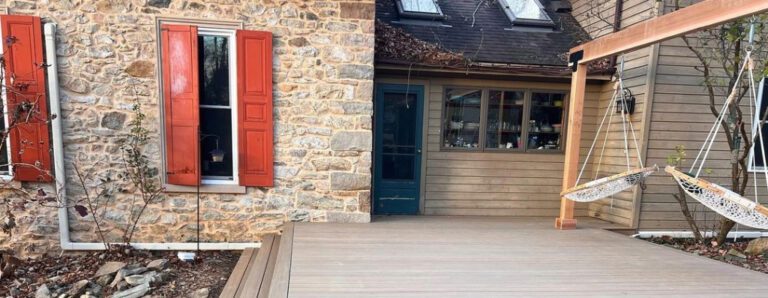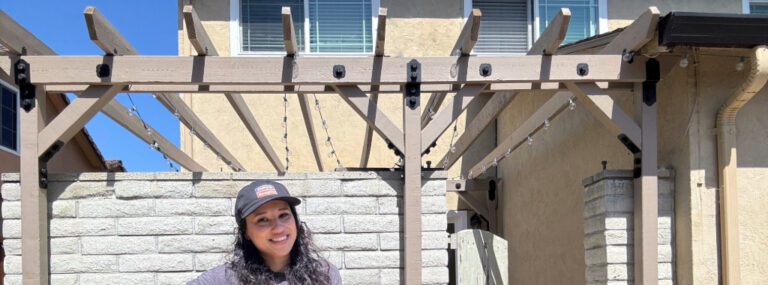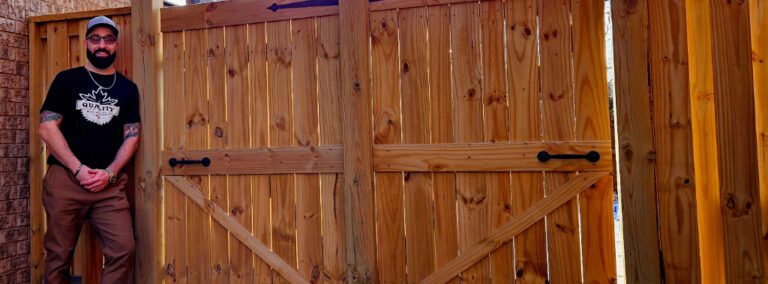What is meant by nominal lumber size?
The nominal size is determined before the lumber is surfaced, milled, or planed smooth. This finishing process gives lumber a uniform profile, so there’s consistency when you go to the lumberyard. The finished size is the “actual lumber size” (sometimes referred to as the “dressed lumber size”).
Why isn’t a 2×4 actually a 2×4?
A 2×4 hasn’t measured two inches by four inches for several decades. The lack of consistent sizing became an issue in the early part of the 20th century for stick–frame construction. So, in 1964, the American Lumber Congress addressed the lumber dimension issues by setting industry requirements for “size standards, maximum moisture content, and nomenclature.”
What is the actual size of a 2×4?
The actual size of a 2×4 is 1½“ x 3½“.
Common lumber dimensions:
| Nominal Size | Actual Size |
| 1×2 | 3/4″ × 1½“ |
| 1×3 | 3/4″ × 2½“ |
| 1×4 | 3/4″ × 3½“ |
| 1×6 | 3/4″ × 5½“ |
| 1×8 | 3/4″ × 7¼“ |
| 1×10 | 3/4″ × 9¼“ |
| 1×12 | 3/4″ × 11¼“ |
| 2×2 | 1½” × 1½“ |
| 2×3 | 1½” × 2½“ |
| 2×4 | 1½” × 3½“ |
| 2×6 | 1½” × 5½“ |
| 2×8 | 1½” × 7¼“ |
| 2×10 | 1½” × 9¼“ |
| 2×12 | 1½” × 11¼“ |
| 4×4 | 3½” × 3½“ |
| 4×6 | 3½” × 5½“ |
| 6×6 | 5½” × 5½“ |
Need another explanation? David Lynch took a shot at articulating the issue of lumber dimensions in Twin Peaks:


